By Fred Lambert on Electrek

Tesla today announced the official transition to “Tesla Vision” without radar on Model 3 and Model Y.
In the process, the automaker warns of some limitations on Autopilot features at first.
Over the last few months, Tesla has been talking about transitioning its Autopilot and Full Self-Driving technology to solely using computer vision based on cameras and not relying on its front-facing radar anymore.
Now Tesla announced that they are removing the radar altogether on new Model 3 and Model Y vehicles produced in the US:
We are continuing the transition to Tesla Vision, our camera-based Autopilot system. Beginning with deliveries in May 2021, Model 3 and Model Y vehicles built for the North American market will no longer be equipped with radar. Instead, these will be the first Tesla vehicles to rely on camera vision and neural net processing to deliver Autopilot, Full-Self Driving, and certain active safety features. Customers who ordered before May 2021 and are matched to a car with Tesla Vision will be notified of the change through their Tesla Accounts prior to delivery.
The automaker warned that the transition will result in some basic limitations of Autosteer, an Autopilot feature, and Smart Summon, a Full Self-Driving package feature:
- Autosteer will be limited to a maximum speed of 75 mph and a longer minimum following distance.
- Smart Summon (if equipped) and Emergency Lane Departure Avoidance may be disabled at delivery.
As usual, Tesla plans to improve on the technology through over-the-air software updates in order to restore those features and go beyond current capability:
In the weeks ahead, we’ll start restoring these features via a series of over-the-air software updates. All other available Autopilot and Full Self-Driving features will be active at delivery, depending on order configuration.
The latest iteration of Tesla Vision was first developed as part of Tesla’s Full Self-Driving Beta program that was tested in its early access program.

CEO Elon Musk has been hyping the vision-only update as “mind-blowing.” He insists that it will lead to a true level 5 autonomous driving system by the end of the year, but he has gotten that timeline wrong before.
Tesla also confirmed that Model S and Model X, as well as Model 3 and Model Y built in China, will also transition to Tesla Vision without confirming the timing.
As we previously reported, the idea of moving to only cameras using computer vision is that the only known system that can drive right now is the human brain. It relies on input from human eyes, which are closer to cameras than anything else.
With cameras all around the vehicle with different fields of view, Tesla can achieve greater vision than humans, and the problem becomes only solving computer vision, which the automaker believes it is on the way to solving.

One thought on “Tesla announces transition to ‘Tesla Vision’ without radar”
What is the difference between radar and camera vision and what makes camera views more effective than radar?